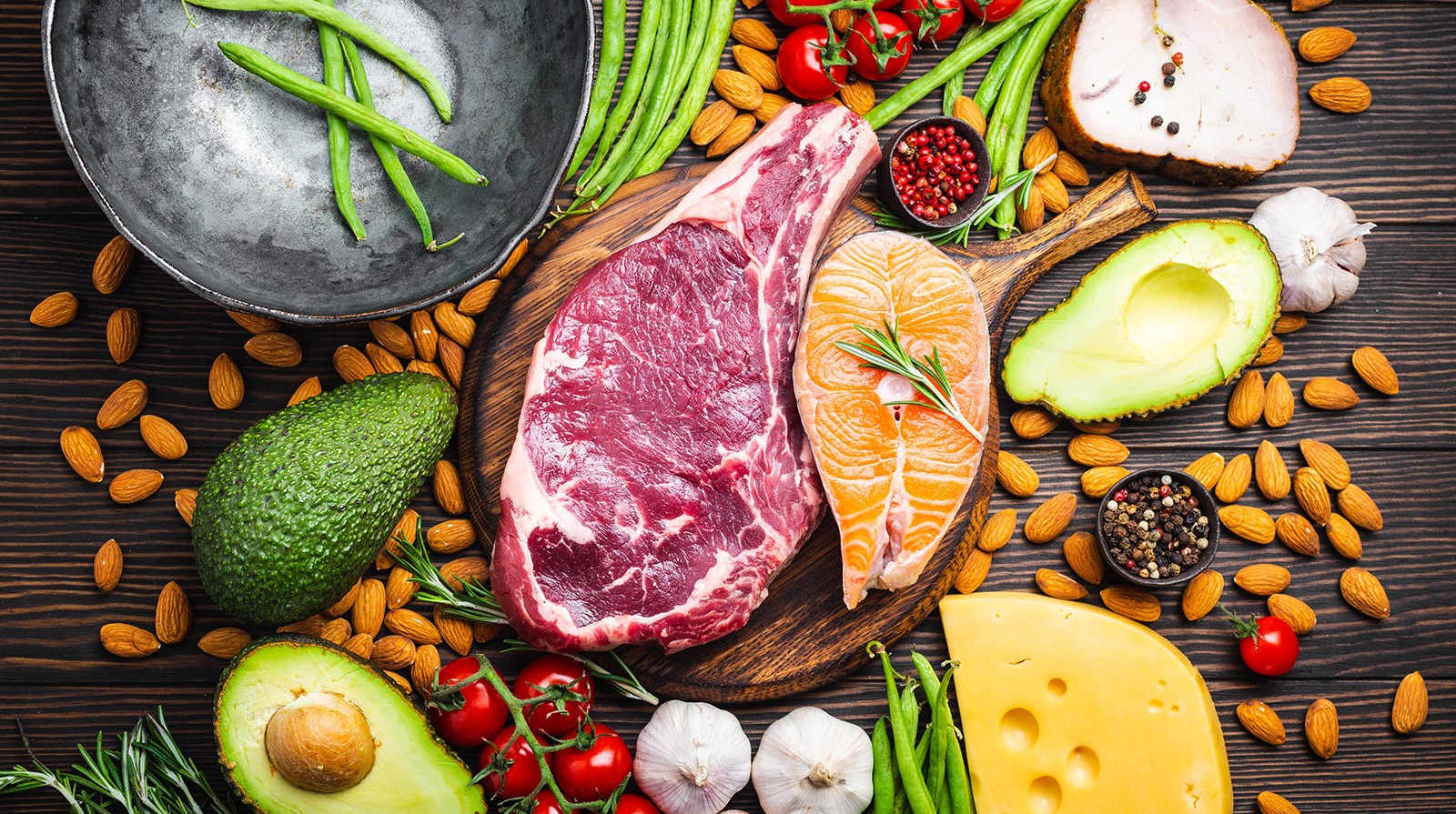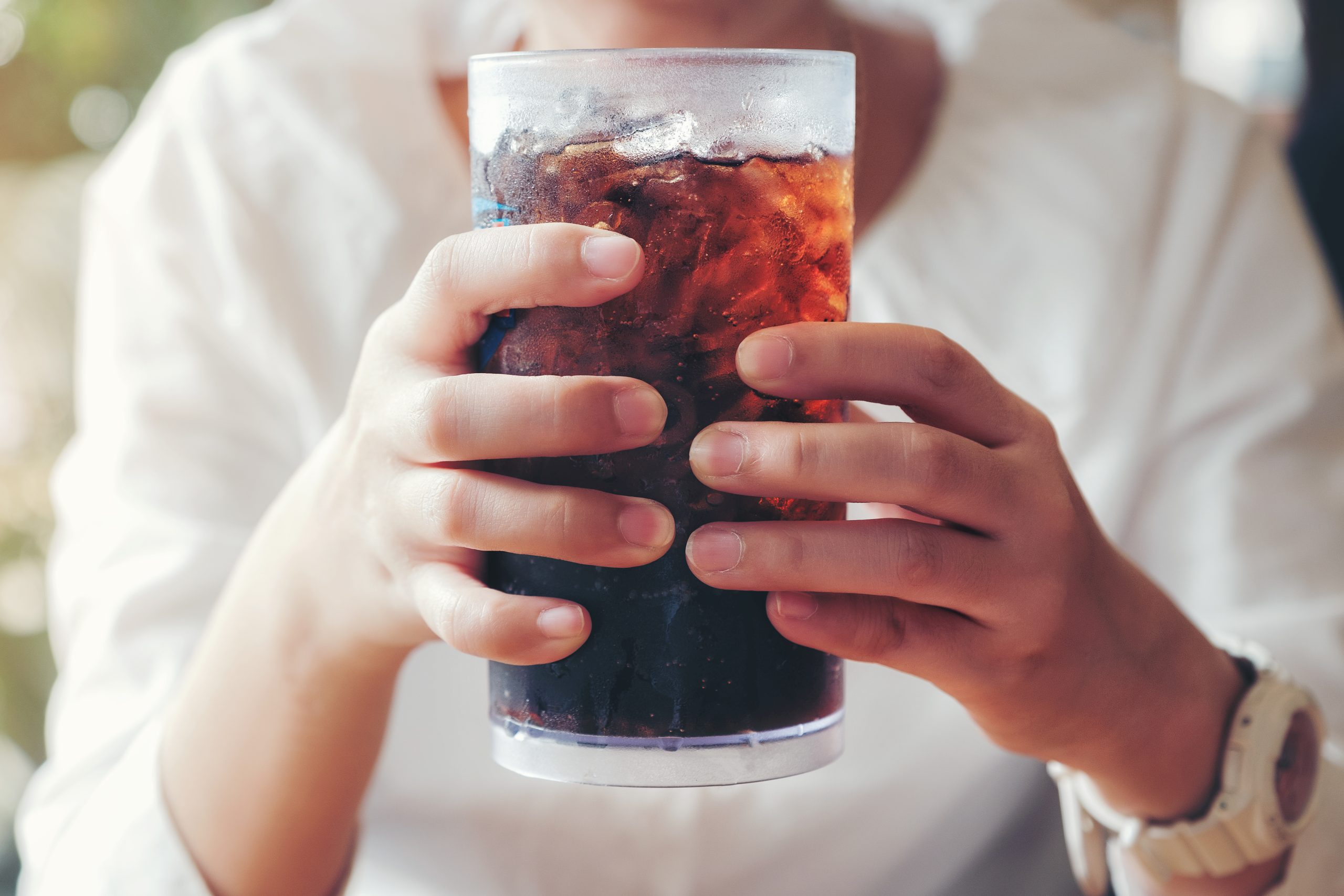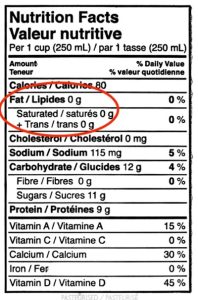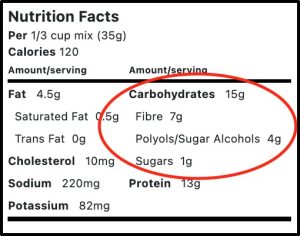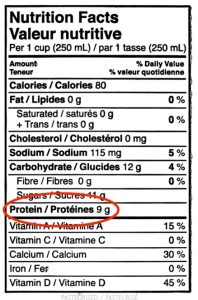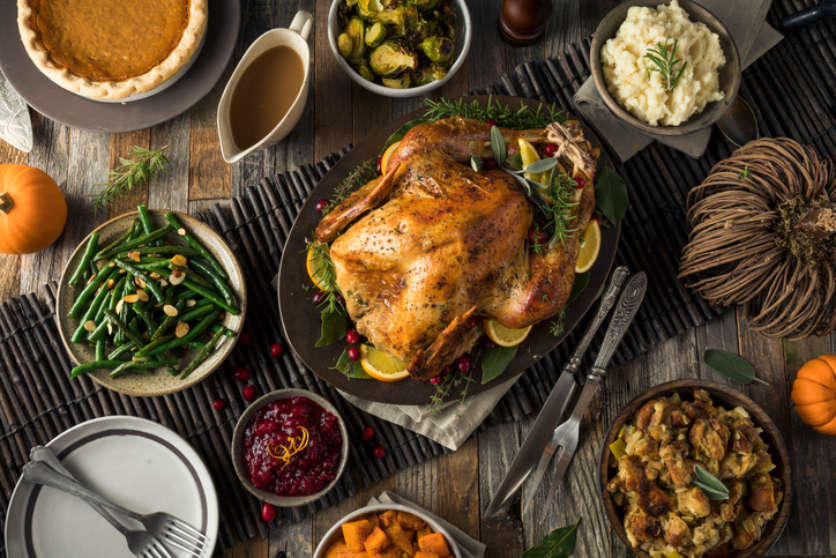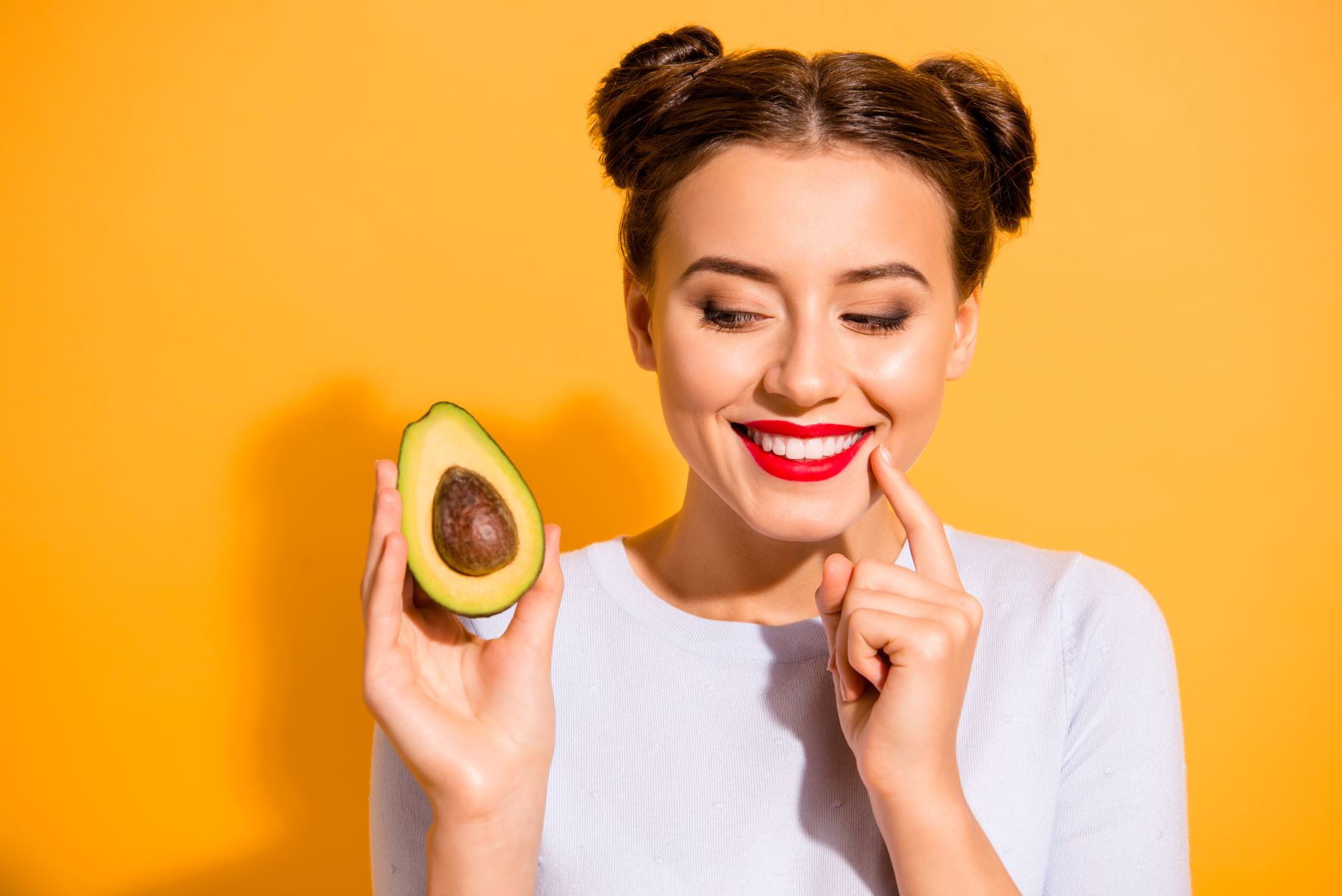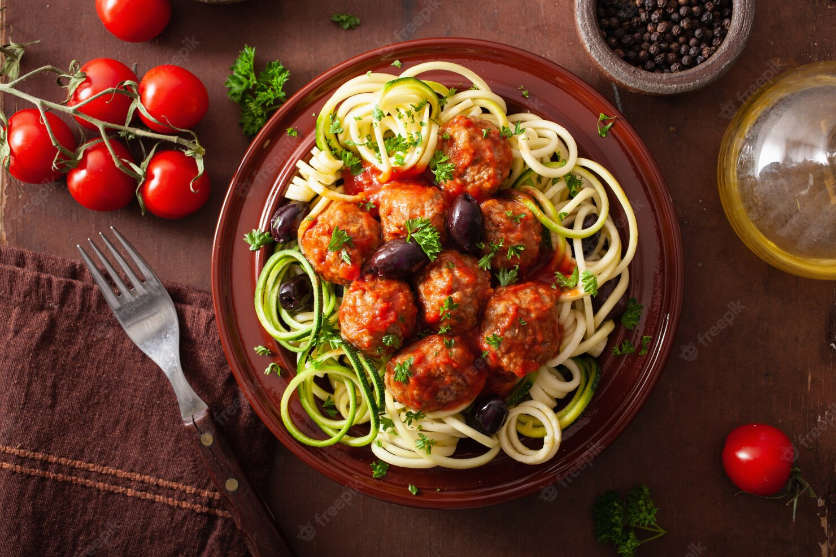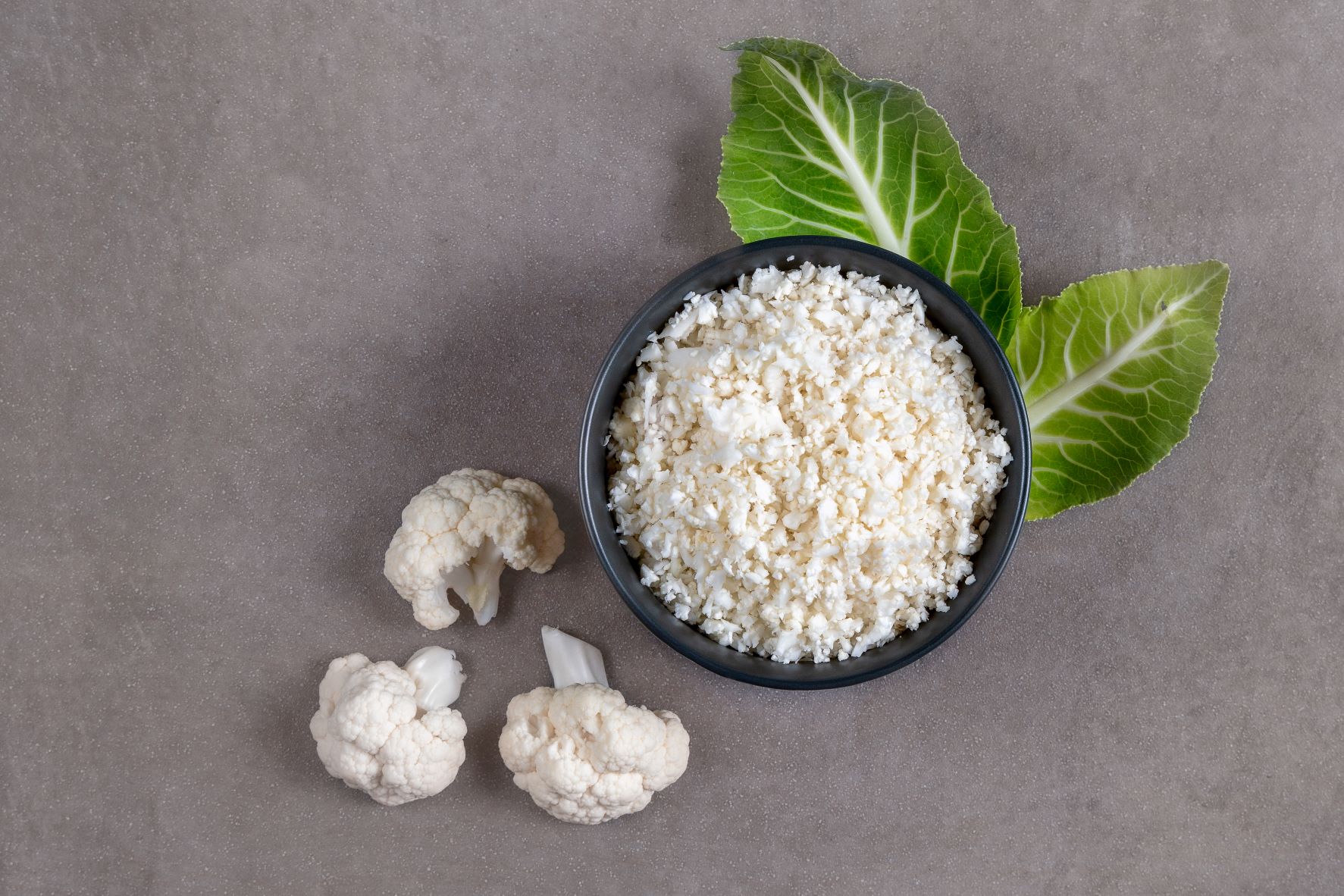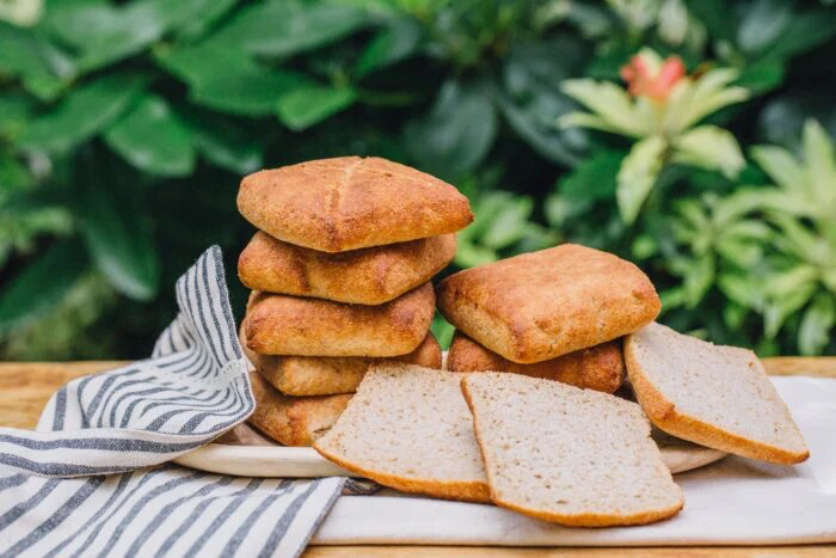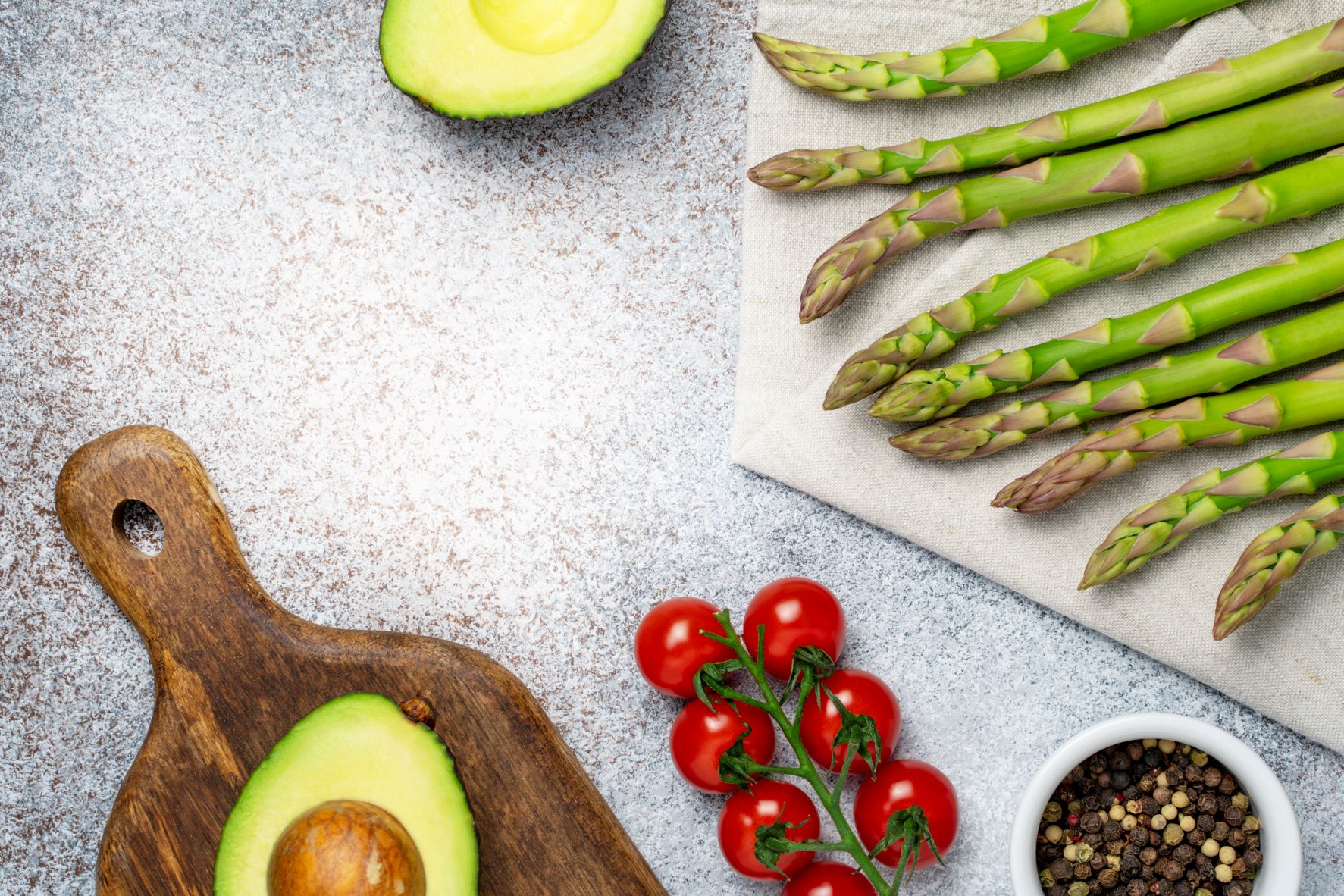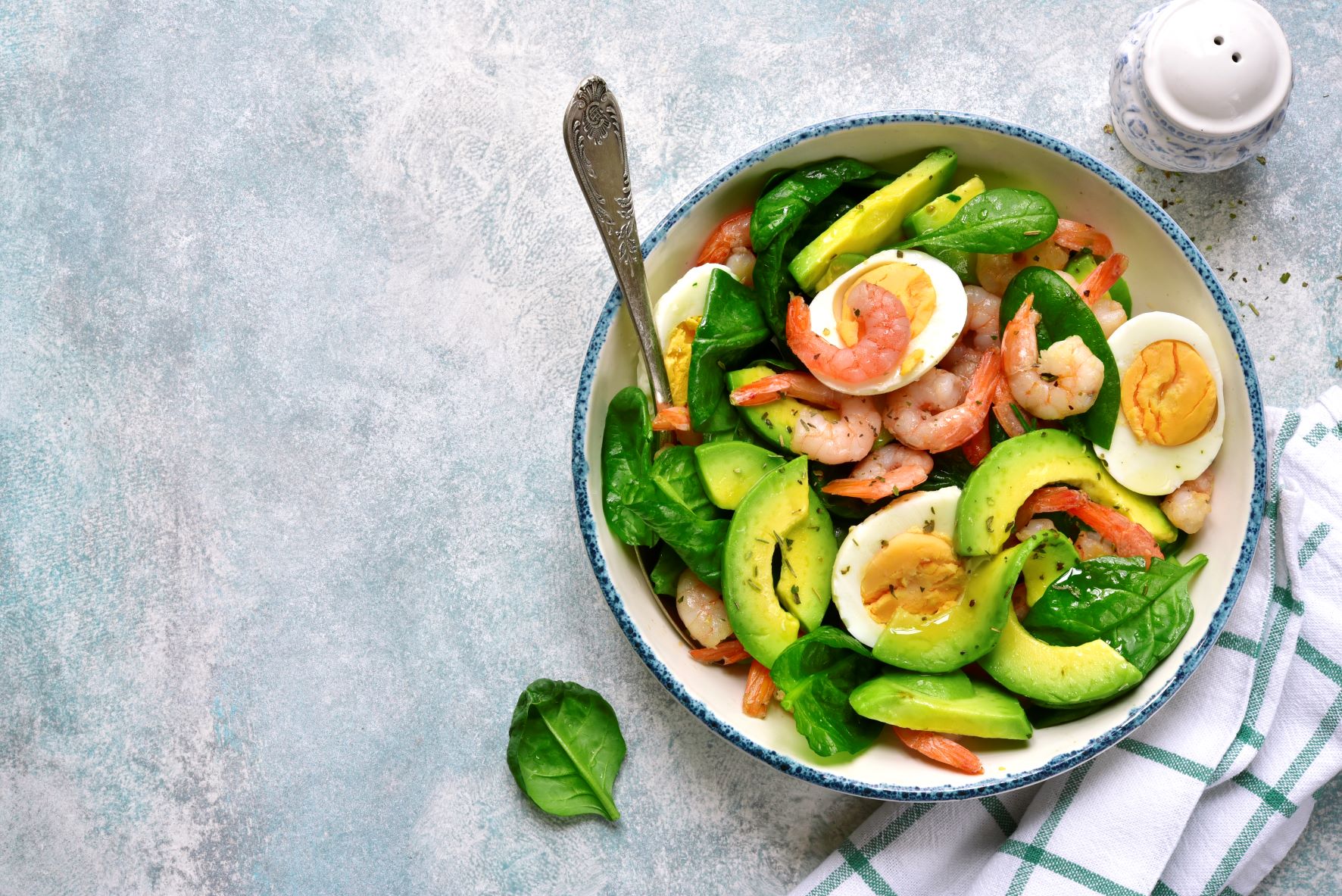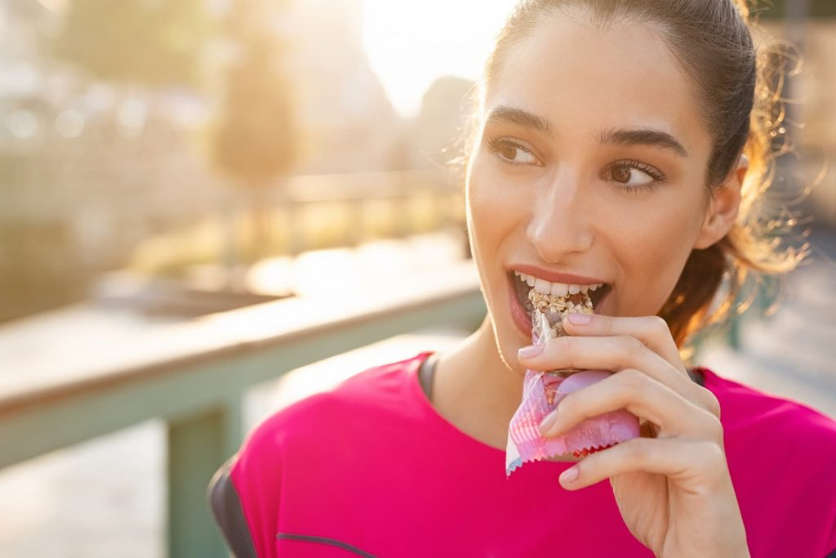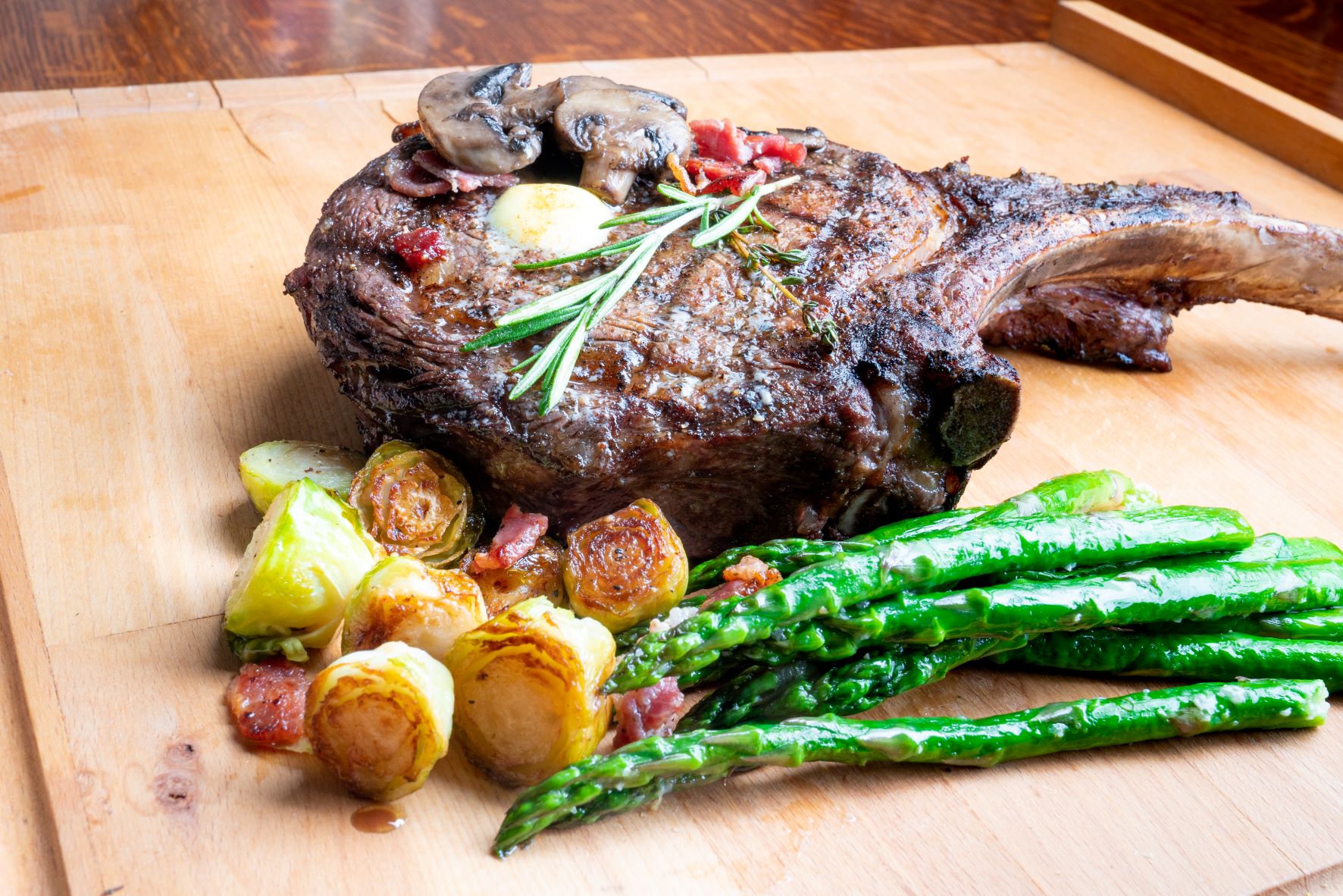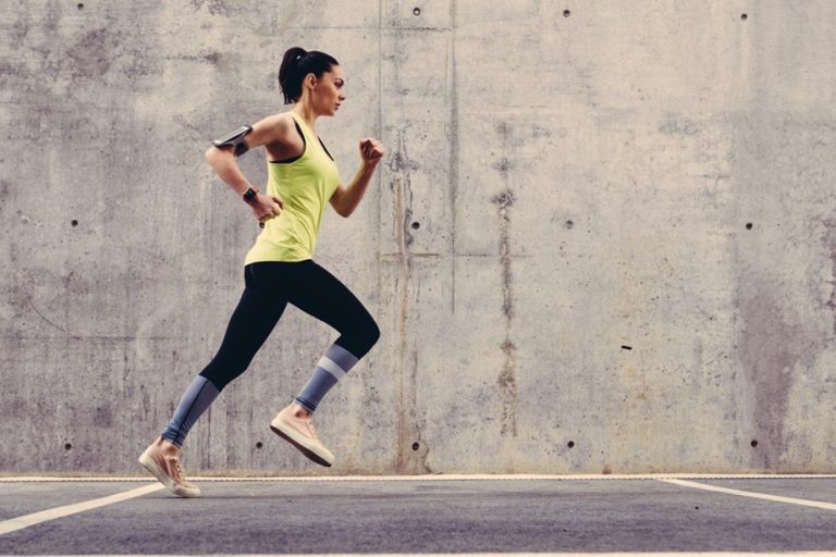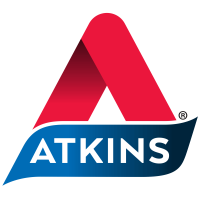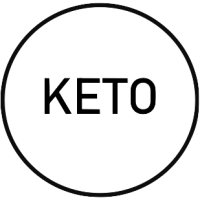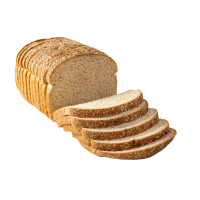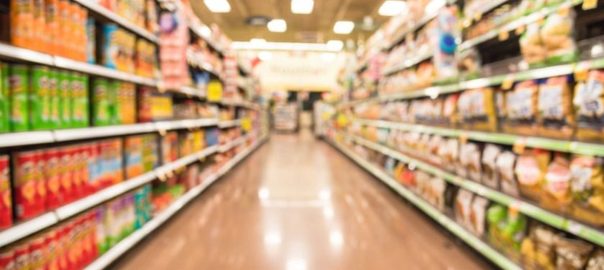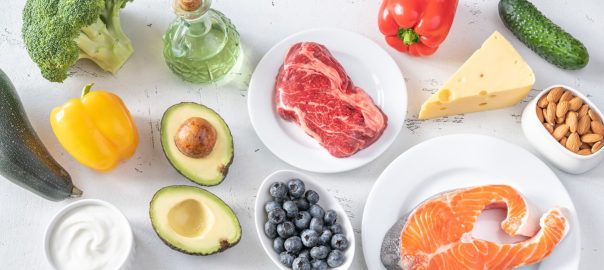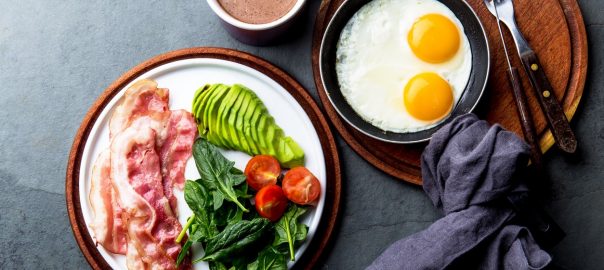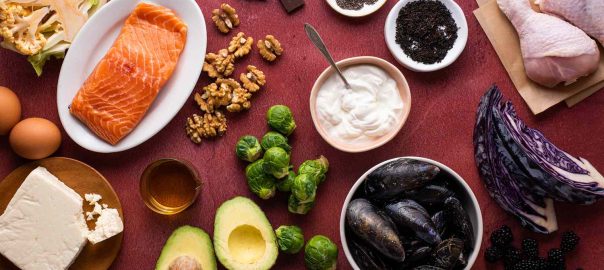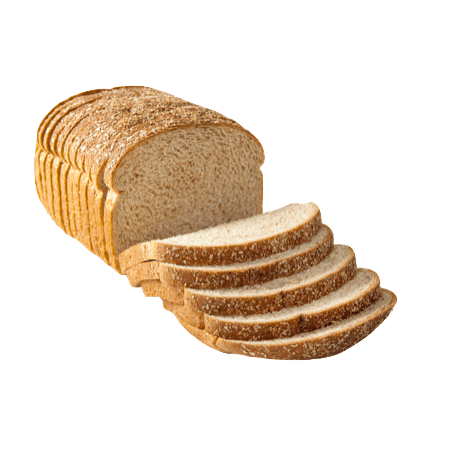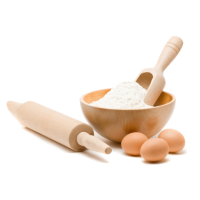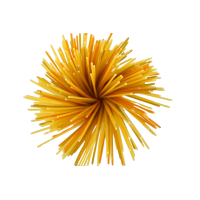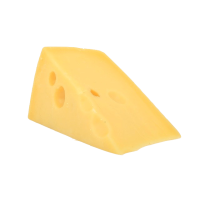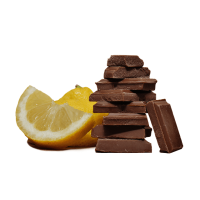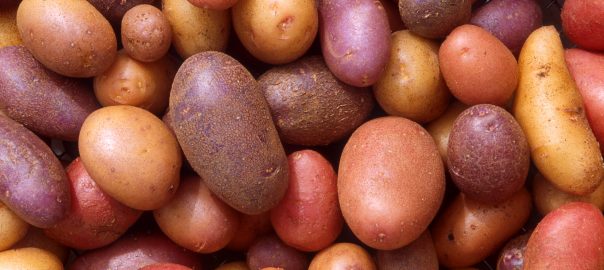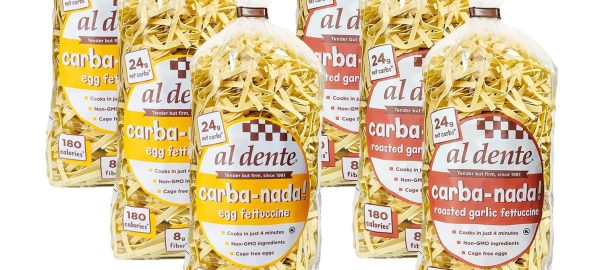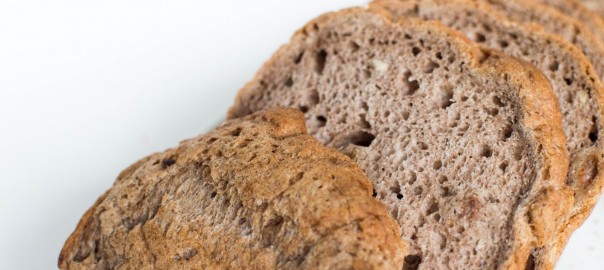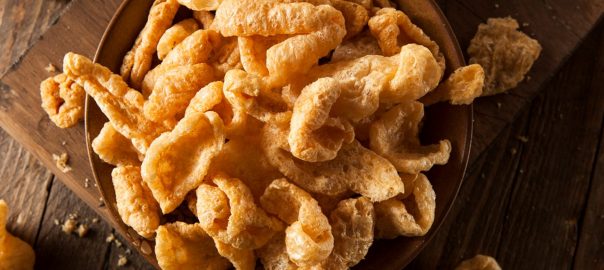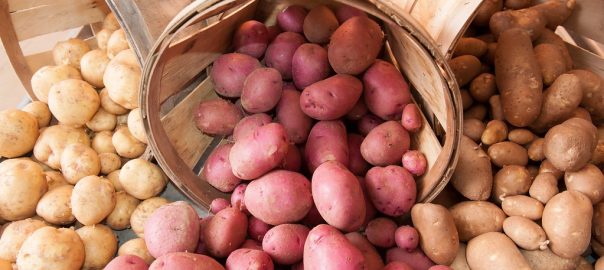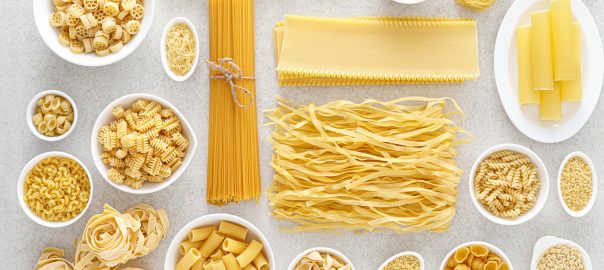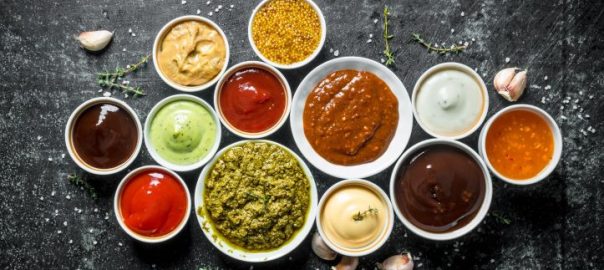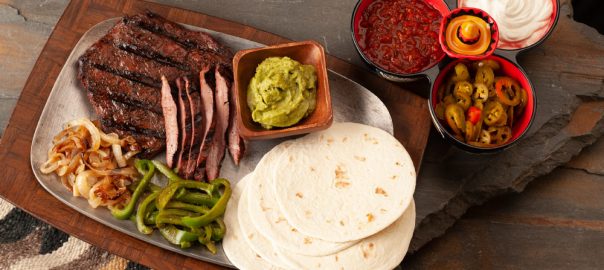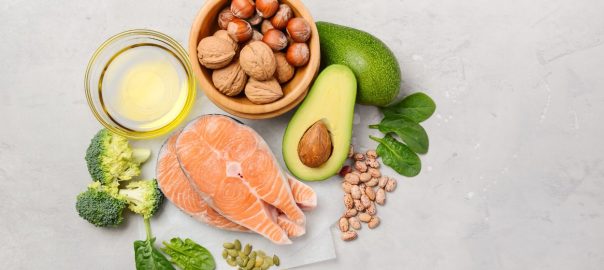Low Carb Foods
All About Low Carbohydrate/Keto Foods
In this article, we cover everything you need to know about what to eat on a low carb or keto diet. We explore the best and worst foods for low carb diets, let you in on our best tips for low carb and ketogenic diet success, and answer your frequently asked questions about low carb diets.
Get comfy, grab a drink or a snack, and get reading to equip yourself with loads of knowledge and inspiration!
Low Carb Food and Drinks
For starters, let’s cover what you can and can’t eat on a low carb diet. If you are used to eating things like bread, pasta, rice, and potatoes with all of your meals, low carb diets can really throw you for a loop. But don’t worry – there are lots of healthy and delicious food and drinks that are allowed on a low carb diet!
Low Carb Food List
- Non-Starchy Vegetables such as spinach, arugula, broccoli, cauliflower, cabbage, zucchini, summer squash, artichokes, onions, mushrooms, cucumbers, celery, bell peppers (in moderation), tomatoes (in moderation), eggplant, bok choy, chard, kale, and sprouts or micro-greens.
- Natural Fats such as extra virgin olive oil, unrefined (virgin) coconut oil, grass-fed butter, ghee, avocados and avocado oil, and nut butters.
- Nuts such as walnuts, pecans, almonds, and macadamia nuts and Seeds such as pumpkin seeds, sunflower seeds, chia seeds, flaxseeds, and hemp hearts.
- Meat, Seafood, and Eggs that are naturally raised and/or wild-caught.
- Dairy including full fat natural or Greek yogurt, low carb cheeses, whole milk or heavy cream, and goat and/or sheep’s dairy.
- Low Carb Fruits (in moderation) such as blueberries, blackberries, raspberries, strawberries, cherries, pears, peaches, and melons.
Low Carb Drinks
-
- Water– aim to drink 2-3L of water a day if you are a woman and 3-4L a day if you are a man. You can make your water a bit more palatable by adding a squeeze of lemon or lime or these convenient all-natural 0 calorie, 0 carb crystallized citrus packets from True Citrus! You could also add sliced cucumbers and melon or berries for other fresh, natural flavour options.
- Coffee – black coffee or coffee sweetened with a sugar substitute is allowed on a low carb diet. You may also experiment with bulletproof coffee recipes by blending coconut oil, MCT oil, grass-fed butter, or ghee into your morning cup of joe!
- Tea, like coffee, you can enjoy unsweetened tea or add a sugar substitute. Plus, shop unsweetened and dairy-free creamers on our website!
- Sugar-Free Beverages – explore sugar-free iced teas, soda, energy drinks and more on our website that you can enjoy on a low carb diet. While it’s best to consume these in moderation since they aren’t very nutritionally dense, they are a great
alternative to regular sodas, teas and other cold drinks! If you want to break a bad habit, these options will satisfy your cravings with none of the negative side effects from regular sugar-laden drinks.
Foods To Avoid on a Low Carb Diet
Sugars
Both natural sugars (found in fruits and other plants) and unnatural or processed/refined sugars (found in sodas, pastries, desserts, etc.) are the main things to avoid on a low carb diet. Not only is sugar high in carbohydrates, but it is also a large contributor to many serious health conditions including obesity, chronic inflammation, diabetes, heart disease, neurological disorders and more. This is because sugar is not very nutrient dense while also being high in calories. The body burns through sugars very quickly, causing you to want to eat more and more. When you do, you aren’t getting enough nutritional value from your diet and your calorie count is racking up putting you at risk for excessive weight gain. Eating sugar also causes a cascade of chemical reactions in the body that contributes to improper metabolic function, hormonal imbalances, impaired cognitive function, and poor self control.
Cutting out processed sugars alone can greatly improve your health, but there’s more to watch out for on a low carb diet…
Starches
The other type of carbohydrate you’ll want to avoid on a low carb or ketogenic diet is starches, especially refined starches. Whole food sources of starches include whole grains, legumes, and root vegetables. Refined starches are processed and stripped of many of the important nutrients found in their natural whole food state in order to make them more shelf stable and easier to process into other food items. Without their original nutrients, refined starches become “empty carbs”, providing little to no nutrition while also being high in calories. So, you’ll definitely want to avoid these kinds of starches found in things like traditional bread, tortillas and wraps, bagels, pasta, instant rice, potato chips, crackers, cookies, cakes and brownies on a low carb diet. Unless, of course, you choose a low carb, refined starch-free version of any of these – shop all kinds of low carb bread and bakery products on our website! Some healthier starches that may or may not fit into your specific low carb diet include brown or wild rice, oats, beans, chickpeas, lentils, potatoes, beets, parsnips and carrots. Keep reading to learn about the different types of low carb diets and consult with your health care practitioner to determine the best amount of carbohydrates for you to consume.
Low Carb Diet Tip
Below, we’ve rounded up some of our best tips for starting low carb and ketogenic diets. These are things you’ll need to know before getting started and other suggestions that may improve your results.
How To Read Nutrition Labels
If you’re going to start a low carb diet – or any kind of diet – you’ll need to know the basics of how to read nutrition labels! Certain low carb diets such as ketogenic diets will require you to keep track of exactly how many grams of carbohydrates, protein and fat you consume throughout the day. Knowing how to read nutrition labels will not only help you understand what is in your food, but it will also be the first step towards calculating your daily macronutrient ratios. Plus, you’ll become an expert at spotting hidden sugars that often go unnoticed by those who don’t check the packaging labels on their food!
There are two main areas of nutrition labels you’ll need to pay attention to:
1. Nutrition Facts Table
The Nutrition Facts table is where you will find information about the calorie, fat, carbohydrate, and protein content of the foods you are eating. Let’s go through each of these categories below:
Calories
A lot of people wonder whether or not they need to count calories on a low carb or ketogenic diet. The answer is, it depends. If your goal is to lose weight, then counting calories may come into play. Ultimately, in order to lose weight, you’ll need to be in a caloric deficit, meaning the number of calories burned throughout your day (due to natural metabolic processes and/or exercise) must be greater than the number of calories consumed. Research shows that being in ketosis can actually ramp up your metabolism significantly and allow you to burn up to 300 extra calories per day while changing nothing else about your lifestyle [*]. Ketosis allows your body to burn stores of fat efficiently, since it is already burning dietary fat. This can help with weight loss if you have excess reserves of fat that the body can burn for energy. So, the good news is that you may not have to count or restrict calories with ketogenic diets as you would with other types of diets! If your goal is not to lose weight but rather to achieve better health or manage a medical condition such as type 2 diabetes, or if you want to reap any of the other benefits of ketosis (stay tuned for what these are!) then calories shouldn’t be your main focus and calorie counting
is not required on a low carb diet.
Fat
This is arguably the most important nutrient to pay attention to if you are following a ketogenic diet, as you’ll want to ensure you are getting enough dietary fat to promote and sustain ketosis. Fat content is listed near the top of a nutrition fact tables underneath the calorie content. It is often broken down into the different types of fats found in foods, such as saturated fats and trans fats. In general, these are the types of fats that most health professionals advise to limit. In reality, it’s not this simple. Some types of saturated fats are better than others, especially those that come from plant based sources, such as coconut oil, while saturated fats derived from animal products can pose a higher health risk. So, if you see a saturated fats listed on a nutrition facts table, be sure to cross reference the ingredients list to try to determine where they are coming from. To learn more about saturated fats, check out our How to Choose the Right Fats blog post. Trans fats, on the other hand, are more black and white. Ideally, they should be
avoided or minimized in your diet as diets high in trans fats are strongly linked to an increased risk for cardiovascular disease and other serious health conditions [*]. Trans fats are found naturally in small amounts in almost all animal products, but they are also largely found in foods made with hydrogenated or refined oils. This includes fried foods as well as many processed or packaged foods such as baked goods, margarine, microwave popcorn and frozen or refrigerated dough (pizza, biscuits, rolls, etc.). Ironically, the types of fats that we should be consuming are not listed on most nutrition facts tables! These include polyunsaturated and monounsaturated fats. These are the “good” kind of fats that you’ll want to maximize in your diet, but learning which foods contain these fats may require some additional research. We have additional resources on our blog to help you navigate the world of good and bad fats – you’ll be an expert in no time! Occasionally, nutrition facts tables will also list the omega-3 and omega-6 fatty acid content of foods under the fats category. Aim to consume foods with a greater amount of omega-3 fatty acids relative to their omega-6 fatty acid content, such as chia seeds, flaxseeds, and fatty fish. Diets high in omega-3 fatty acids have been linked to better heart health, brain function and lower inflammation levels[*].
Carbohydrates
For any kind of low carb diet, you’ll want to be mindful of the number of total and net carbohydrates you’re eating throughout the day. Total carbohydrates are listed in the middle of nutrition facts tables. Although most low carb dieters focus on net carbs, it is also good to know your total carbohydrate intake so you can calculate your overall macronutrient ratios for the day. Most low carb diets recommend 50g or less of total carbohydrates per day. However, net carbs are really what matter on a low carb diet.
Net carbs are carbs that are actually absorbed by the body and have effects on your metabolic function and blood sugar levels, so they should be minimized. You can calculate your net carb amount by taking the total carbohydrate content of the food, adjusting for portion sizes, and subtracting any fibre and sugar alcohols, listed underneath the total carbohydrates. These won’t affect your blood sugar levels or impact your body’s metabolic state, so they are removed from the total carb count. What’s left is your net carbs!
Fibre is very beneficial for a number of reasons and should not be limited on a low carb diet, although technically it is a carbohydrate. So, don’t worry if it bumps up your total carb count for the day. Similarly, sugar alcohols may replace sugar in many low carb alternative foods since they taste sweet but have a low glycemic index, so they can be a good thing! That said, some people experience digestive discomfort from consuming too much food containing sugar alcohols, so err on the side of caution and see what feels right for you.
Protein
Finally, you’ll want to check the protein content of the food you are eating. Many people struggle to get into ketosis because they are only focusing on their carb and fat intake. However, excess protein gets converted into glucose when the body burns through existing stores, which can slow or hinder your body’s transition into ketosis. This is why the ketogenic diet aims to limit protein to just 15 – 25% of your daily caloric intake. That said, don’t be afraid of consuming protein altogether because you do need it to feel full and if you are interested in
building muscle mass on a ketogenic diet.
2. Ingredients List
It’s not all about the numbers! The quality of the food you are eating matters just as much as the quantity. Always be sure to check the ingredients lists on any packaged foods you are eating to ensure that they are made with mostly recognizable ingredients. Also be sure to avoid foods that contain certain ingredients which may be low in carbohydrates and calories but can have other negative health consequences such as artificial sweeteners. These may fall under names including sucralose, maltitol, aspartame, or saccharin, just to name a few. If you aren’t sure of any ingredient listed on an ingredients list, a quick Google search can help you out. Other common ingredients to stray away from if you see them listed are:
- “Modified” foods
- “Hydrogenated” oils (AKA trans fats)
- Refined vegetable and seed oils including canola/rapeseed oil, corn oil, and palm oil
- Artificial flavours and colours
- Preservatives such as nitrates/nitrites, sulphites, sodium benzoate, dipotassium phosphate, etc.
And, of course, avoid any foods with sugar in any form! Some common names that sugar may fall under include high fructose corn syrup, beet syrup, dextrose, maltose and sucrose. Some unrefined sugars have less of an impact on blood glucose levels and may be allowed on your low carb diet such, as honey, maple syrup, date sugar, or unrefined coconut sugar. Head over to our blog for the complete guide on how to read Canadian nutrition labels.
There are a lot of products out there that are labelled as ‘keto-friendly’ or advertise a low net carbohydrate content ‘per serving’ (which may be smaller than you expect).
Fake Low Carb Products?
Labelling is especially important to pay attention to while following special diets. While certain food labels are regulated, such as Canada Organic, USDA Organic, Certified Gluten-Free and OU Kosher Certified, but many marketers use other common buzz words on food labels to catch buyers’ attention. There are a lot of products out there that are labelled as “keto-friendly” or advertise a low net carbohydrate content “per serving” (which may be smaller than you expect). You’ll have to do your own due diligence by using the tips we’ve shared about reading nutrition facts and ingredients lists to determine if the products you’re buying are actually suitable for your low carb diet. The Paleo Foundation does provide certifications for products that are Grain-Free, Paleo Certified and Keto Certified, but these still may not be compliant with your unique dietary restrictions. Read up on their certification guidelines on their website!
Special Events and Low Carb Foods
Just because you’ve started a low carb or ketogenic diet doesn’t mean you have to say goodbye to your social life! There are still ways you can modify orders at restaurants to enjoy delicious low carb desserts and even a cocktail from now and then while sticking to your diet.
Restaurants
Your first time dining out after starting a low carb diet might be a little bit intimidating. Here are a few tips you can remember next time you find yourself at a restaurant.
- Limit your carbs in other meals you’ll be enjoying at home that day. If you’re eating at a restaurant, there’s a good chance you won’t know exactly what’s in your food or the precise macronutrient ratios. Either allow yourself to have a bit of a “cheat day” or plan ahead by reducing carbs in your other meals and snacks that day, assuming that you might go a bit over your normal carb allowance during the restaurant meal.
- Skip the bread. This one is a no-brainer, but unless you’re at a keto-friendly restaurant, the bread they serve at the beginning of a meal is most likely off limits. Try starting with a dish of olives or perhaps a cheese plate!
- Substitute any carb-heavy side dishes such as potatoes, rice, and so on with vegetables, a side salad, or sliced avocado.
- Ask for dressing on the side. Salad dressings can contain fruit purees or added sugars. It’s a good idea to ask your server if they know what the dressing is made of before dumping it all over your greens.
- Be mindful of protein portion sizes. Restaurants often make meat the main star of their dishes! But, as we mentioned previously, going over your protein allowance for the day can kick you out of ketosis. Opt for smaller portions of proteins if you have a choice, or don’t finish the entire portion that they serve (get a to-go box and save it for later!).
- Ask for extra olive oil or butter to increase the fat content of your dish. Most restaurants probably have one of these ingredients on hand that you can order at no additional cost. Drizzling your starter salad with olive oil or topping your steak with an extra nub of butter can help keep your macronutrient ratios on track.
- Skip dessert or enjoy a warm cup of coffee or tea at the end of your meal. Keeping a few sachets of natural sweetener in your bag or pocket is a great idea, in case the restaurant you’re at only offers sugar or artificial sweeteners (Splenda, Sweet & Low, etc.).
Alcohol
There are a few reasons to pay attention to your alcohol consumption while following a low carb diet. Firstly, alcoholic beverages are typically high in sugar and low in fat, protein and basically any other nutrients – hence why they’re knocked for being “empty calories”. Most people trying to lose weight will tend to avoid alcohol and cocktails for this reason. Plus, the behavioural effects of alcohol may include limited sleep and overeating or late-night snacking, which don’t support a healthy lifestyle. Overconsumption or prolonged consumption of alcohol also causes other health problems that may interfere with your health and weight loss goals. These include liver damage, heightened blood pressure, reduced cardiovascular health, digestive problems and brain damage which can lead to dementia in middle and older aged adults. The final reason to avoid alcohol on a low carb diet has to do with the changes in your metabolism brought on by ketosis. Normally, dietary carbohydrates help reduce alcohol levels in the bloodstream. However, on a ketogenic diet, there is an absence of carbohydrates, so alcohol can reach your bloodstream much quicker.
While this can save you a few bucks at the bar, it definitely puts you in a much more dangerous position to experience alcohol poisoning, which can cause vomiting, seizures, or even comas. With all of that said, there are still ways to enjoy an occasional drink or two if you follow a low carb diet! Read about how to enjoy alcohol on a low carb or ketogenic diet on our blog. Plus, shop all kinds of sugar-free and low carb cocktail mixers on our website including Baja Bob’s Sugar-Free Margarita Mixers, Zevia’s naturally sweetened soda, and tons of other sugar-free cold drink mixes!
Holidays
Holidays might be an important consideration for you if you are thinking about starting a low carb diet! Of course, no one wants to sacrifice spending time with family, creating great memories, or missing out on some of the best meals of the year – so when it comes to holidays, there are two viable options for low carb dieters. Either decide that the holidays will not count towards your dietary or lifestyle changes and enjoy them to the fullest, or learn how you can make some simple and non-intrusive low carb modifications to your holiday meal plan! Who knows? Maybe you won’t be the only one at the next family get together trying out a new diet – you could even inspire someone else to start a low carb or ketogenic journey or other beneficial lifestyle change.
Low Carb Diet Tips
The Whole Foods Approach
The best way to ensure success on a low carb or ketogenic diet is to follow a whole foods approach. This involves mainly consuming foods and meals prepared from whole, unprocessed ingredients, such as fresh low carb vegetables and fruits, meat and seafood, eggs, natural dairy products, nuts, seeds, healthy cooking oils and fresh herbs and spices. This approach involves more home cooking and less reliance on packaged food items or restaurants and delivery. However, it is ultimately a simpler way of eating since you know exactly what is going into your food and you automatically eliminate many foods that are not recommended for health and weight loss to begin with. Head over to our blog to discover loads of exciting low carb recipes made with whole food ingredients that are great for the whole family (includes modification suggestions)! You can also shop cooking and baking aids on our website that will help you out in the kitchen, such as low carb flour substitutes, low carb alternatives to thickening agents, healthy cooking oils and more.
Low Carb Alternatives
Starting a low carb diet often involves limiting and cutting out lots of foods from your normal diet, which can make it feel very restrictive. However, the widespread popularity of low carb diets has led to the creation of many great alternative products that are low in carbohydrates, so you don’t have to give up the foods you love! Enjoy things like pasta, bread, bagels, cookies, desserts and more with low carb and keto-friendly alternatives. Check out common substitutions for some other typically high-carb foods below.
Low Carb Pasta and Noodles
Regular pasta and noodles aren’t very nutrient dense and they can certainly rack up your calorie count, so you probably won’t find them on most diet-approved food lists. Luckily, there are still ways to enjoy pasta and noodles in essence on a low carb diet with the right substitutes! Here are some of our favourite ways to substitute pasta and noodles for low carb and ketogenic diets:
- Spiralized or shaved vegetables such as zucchini, summer squash, broccoli stems, cucumbers or turnips.
- Shirataki noodles made from konjac root. If you’ve never heard of konjac before, learn why it’s a favourite among many low carb dieters in our article, “Exploring the Benefits of Konjac”! Available in a variety of shapes including Spaghetti, Angel Hair, Fettuccine and more.
- Kelp noodles – they’re great for you and our planet! Kelp is a sea vegetable that is naturally very high in iodine, an essential mineral that is abundantly present in salt water. Plus, they are low in carbohydrates and calories. Did you know that kelp and other marine plants produce more oxygen on Earth than trees?
- Spaghetti squash – simply cut a spaghetti squash in half and roast for about 30-40 minutes until the insides are tender and you’ve got yourself two servings of a very comparable alternative to spaghetti!
With any of these pasta and noodle substitutes, you can continue to enjoy delicious low carb Italian recipes, Thai recipes, keto-friendly Chinese food and more!
Rice
Rice is another starchy food that you’ll want to limit or cut out entirely if you start a low carb diet. While some types of rice such as brown and wild rice have lower glycemic indices than white or instant rice, it is still a very high-carb, high-calorie starch. To replicate the same texture and absorbency as rice, here are some low carb substitutes:
- Cauliflower Rice – a popular rice substitution in the low carb community is riced cauliflower! Simply add cauliflower to a food processor or finely chop it into rice-sized pieces. Then, transfer to a frying pan to tenderize the bits and there you have a great substitute for rice that is ready in just minutes! Cauliflower rice is very comparable to regular rice in that it has a mild taste and similar texture and appearance to cooked rice. Plus, one serving of cauliflower rice has a fraction of the calories and 5 times as much fibre as a similar size serving of rice, which will keep you feeling full much longer!
- Riced vegetables – like cauliflower rice, you can prepare other vegetables in a way that mimics rice quite well. Try riced broccoli, turnip, cabbage, or mushrooms for a change!
- Shirataki Rice – the possibilities are endless when it comes to foods made from konjac root. The fibre from this low carb, low calorie vegetable can also be shaped into rice-like bits. So, if you’re a fan of shirataki pasta and noodles, try shirataki rice, too!
- Hearts of Palm Rice from Palmini and Natural Heaven – a natural, plant-based alternative to rice that is low in carbs, low in calories, and high in fibre!
- Ciao Carb High Protein Nutriwell Rice – suitable for low carb diets that are not as strict as keto and allow for some extra protein! This rice substitute will keep you feeling full and satisfied and is a much healthier alternative to regular rice.
Low Carb Potatoes
If you’re used to having meat and potato dishes, then you’re surely wondering what to replace potatoes with on a low carb diet! Luckily, there are several other vegetables out there that are great dupes for potatoes in dishes like roasted potatoes, mashed potatoes, hash browns, home fries, scalloped potatoes and more. Some of these you may have never heard of before, but they are commonly available at most supermarkets. Discover 7 great substitutions for potatoes on our blog!
Low Carb Breads
Luckily, bread is one thing you don’t have to give up on a low carb diet. Well, traditional bread may be off-limits, but there are tons of low carb and keto-friendly breads out there to choose from instead that taste and toast just like regular bread! Typically made from alternative flours such as almond flour or coconut flour, many of these low carb breads offer a number of other nutritional benefits and are safe for gluten-sensitive individuals, too! Here are some of our favourite brands of low carb and keto-friendly breads:
- Chompies – offers a healthier alternative bread that are baked in a similar fashion to sourdough bread. With only 1 net carb per slice and up to 8g of protein, Chompies can easily help you reach your macros while enjoying your toast. Because each low carb loaf is also free from artificial additives, Chompies is suitable for individuals with dietary restrictions or those aiming for a balanced lifestyle.
- Betty Light Bread – is an all time favourite at The Low Carb Grocery! With only 5.5g of net carbs per slice, it boasts of unrivaled taste and texture that is very similar to regular bread. This “light” bread is low in fat and has only 45 calories per slice which makes it a great fit for any dietary needs. Best of all, we get fresh stock weekly (usually on Tuesdays, except for BC and AB customers. Betty bread is stored and shipped frozen for BC and AB.) but make sure to place your order fast because we run out quick!
- Carbonaut – with a mission to bake low-carb, keto-friendly bread that tastes like real bread! They believe that going low carb doesn’t have to mean making sacrifices. We carry the best selection of Carbonaut including, bread, tortillas, granola, baking mixes, and pizza crusts, and more to come!
A lot of low carb and keto dieters make their own bread at home, too. It’s simpler than it sounds and there are tons of quick and easy recipes online! You’ll just need a few ingredients, such as a low carb flour alternative, a healthy oil such as olive oil or coconut oil, and possibly a low carb binding agent such as xanthan gum.
Since many low carb or keto-friendly breads are sold in the freezer aisle, baking your own bread is one way to enjoy a warm slice of freshly baked bread – yum!
On a ketogenic diet, fats should make up 70% or more of your daily calories.
How to Get Enough Fat on a Keto Diet
Ketogenic diets aren’t just about cutting or replacing carbs – you’ve also got to make sure you’re getting enough fat to promote and sustain ketosis! Once your body has depleted its reserves of glucose, it will switch into a fat-burning mode. While you may have reserves of fat to burn as well, you will still need to supply your body with dietary fats to promote fat-adaptation, which allows the body to become efficient at burning fat. On a ketogenic diet, fats should make up 70% or more of your daily calories. This can seem like a lot of fat at first – especially if you’re transitioning from a high carb standard Western diet! Once you get used to the foods you can and can’t eat on a low carb diet, you’ll find that keto dieting can be pretty simple. Check out our blog to learn about the best food choices for keto diets. In the meantime, here are tips and tricks for increasing your daily fat intake:
- Choose high fat snacks such as nuts, seeds, sugar-free dark chocolate, and cheese.
- Blend MCT oil or coconut oil into your coffee or smoothies for an added boost of fats that are easily converted into ketones.
- Drizzle oil over every meal. Healthy, omega-rich choices include extra virgin olive oil, flaxseed oil, avocado oil or macadamia nut oil.
- Add high fat superfoods such as chia seeds, flaxseeds, and hemp seeds to your salads, smoothies, granola, or even savoury dishes! Not only are these seeds packed with omega-3 fatty acids, but they are also rich sources of antioxidants, vitamins and minerals.
- Sprinkle crushed/ground nuts, or these tasty and convenient flavoured Nut Crumbs, over your meals or use them in place of breadcrumbs!
- Add a side of sliced avocado to your meals. Avocados are packed with healthy omega-3 and omega-6 fatty acids. Plus, their creamy texture is a great accompaniment to any meal or snack!
We have more tips for getting enough fat on keto on our blog if you’d like to learn more!
Benefits of Ketosis
Now that you have a pretty good understanding of how to go low carb or get into ketosis, you might be wondering what comes next! There are several benefits of low carb and ketogenic diets, which may offer solutions for a variety of health concerns. Always speak to a health care practitioner first to determine if a low carb diet is right for you, but in the meantime, check out some of the amazing benefits of being in ketosis!
1. Improved mental performance.
Followers of low carb high fat (LCHF) diets such as the ketogenic diet often report an increase in mental focus, alertness, and clarity. In fact, some people use the ketogenic diet for this reason alone. The increase in mental performance experienced while following a keto diet is due to the brain’s decreased reliance on glucose to function and instead it’s use of ketones, which provide more efficient and long-lasting fuel. There is a common misconception that the brain requires glucose from carbohydrates to operate. This is only true when ketones are not readily available. Glucose is a notoriously quick-burning fuel source for the brain, which means that the brain needs a constant supply of carbohydrates throughout the day to function. If you skip a meal or don’t have time to grab a snack, you can start to feel a little foggy as your brain runs out of energy. However, after about a week spent eating a LCHF diet, the brain begins to run effortlessly on ketones alone, which can help reduce swings in hormone levels and blood sugar levels, both of which affect our mental performance. Although the first week or two of starting a ketogenic diet usually involves some not-so-pleasant side effects including increased brain fog and mental fatigue, this quickly resolves once the body is fully transitioned into ketosis. The effectiveness of ketogenic diets at improving mental performance is so powerful that now it is even being studied as a treatment for brain disorders such as Alzheimer’s and Parkinson’s disease![*]
2. Reduced appetite and sugar cravings.
Reduced appetite levels are the result of consuming more calorically dense high fat foods. While it is possible to go for seconds or even thirds of foods such as rice, potatoes and bread – good luck finishing extra helpings of avocados or eggs! These foods keep you feeling full for longer and provide long-lasting energy, so you don’t feel as peckish between meals. In addition, some studies show that certain ketones may suppress ghrelin, the “hunger hormone”, which can help prevent overeating at meals[*]. If you are feeling hungry between meals on a low carb diet, you are likely not consuming enough protein or fat. In general, if you feel very hungry, you might need a boost of protein. Beef jerky snacks are a great way to satisfy hunger cravings – check out our selection of all-natural, preservative and filler-free jerky snacks. If you feel slightly hungry, you likely just need to consume more fat. Reach for a handful of nuts, a high fat snack bar, or a delicious crunchy cheese snack between meals! And finally, if neither of these suggestions seem to work, try increasing your fibre intake. Fibre helps you feel satiated after meals since it digests slowly. Add more non-starchy vegetables to your diet, or incorporate other high fibre ingredients such as
flaxseed, psyllium husk, and chia seeds into your meals.
3. Pain relief.
Pain is related to inflammation in the body. One of the key drivers of chronic inflammation is a high sugar diet, because sugar is inflammatory. If you experience pain, your doctor may have advised you to cut sugar from your diet as part of treatment. Here’s the science behind the connection between high sugar diets and pain: When we consume more sugar than our bodies can handle, blood sugar rises. And insulin levels spike. Consistently high levels of insulin in the body can subsequently lead to a condition known as insulin resistance, whereby insulin no longer functions properly. Since insulin is involved in metabolizing sugars, excess sugars remain in the bloodstream when it cannot function. This is a very dangerous state as it causes a build-up of “free radical” particles in the body, which triggers the inflammation response from our immune systems. If high levels of inflammation are sustained over time, it can lead to several chronic diseases, some of which are associated with chronic pain. The good news is, being in ketosis can help reduce inflammation which can help reduce pain. When the body is able to use fat for energy instead of sugar, it immediately stops the cycle we described above. Plus, ketosis has other benefits that can help reduce pain-related inflammation. Decreased nervous system activity relaxes the part of the brain that perceives pain. In addition, ketosis increases levels of adenosine, a chemical involved in fighting inflammation in the body. And finally, one of the three ketones that are released when you are in ketosis, beta-hydroxybutyrate (BHB), has been shown to block immune system receptors that are linked to inflammation[*].
4. Reduced anxiety and depression.
The ketogenic diet may also offer mental health benefits, such as alleviating symptoms of depression and anxiety. This is due to three main reasons:
- Higher levels of “feel good” neurotransmitters. The BHB ketone has also been shown to have anti-anxiety effects, which are related to its effect on reducing inflammation in the body[*]. In addition, ketosis increases the production of a neurotransmitter in the brain called GABA. It has been shown that anxiety disorders often result from dysfunctional GABA activity, so as a result of balanced GABA levels, anxiety symptoms and stress responses improve[*].
- Better (and more) brain fuel! As we mentioned previously, ketones provide a more efficient source of fuel for the brain. This can help combat the root cause of many mental disorders: deficient energy production in the brain. Furthermore, ketones have been shown to enhance the function of mitochondria (“energy factories”) in brain cells due to this diet’s increased reliance on mitochondria to convert energy from fats into useable fuel sources[*].
- Potent antioxidant effects. The ketogenic diet has been shown to increase levels of an important antioxidant called glutathione, which protects our cells against oxidative stress. A high level of oxidative stress (AKA inflammation) in the brain is one of the major causes of mental health disorders. So, by promoting the production of compounds that lower oxidative stress, the ketogenic diet may prove to be a great way to address mental health!
- Mental health disorders are often due to a complex set of factors. Changing your diet alone may not be the only answer, but it can certainly play a role in better mental health. Consult with a mental health professional to learn more.
5. Management of type 2 diabetes.
The main issue experienced by individuals with type 2 diabetes or prediabetes is related to the function of the hormone, insulin, in the body. Either the body does not produce enough insulin, or available insulin does not function properly. This causes a domino effect of problems in the body that ultimately put diabetics and prediabetics at risk for more serious complications such as heart disease, nerve damage in the brain and limbs, vision loss, skin conditions, and kidney disease. The ketogenic diet is extremely helpful at combating the root causes of type 2 diabetes since it promotes stable blood sugar levels and regulates insulin function. By eliminating or limiting carbohydrates from the diet and consuming mostly high-fat foods, the body is able to maintain low but healthy blood glucose levels, which helps reverse insulin resistance. It has also been found that insulin resistance is more common in individuals carrying excessive body weight. Since the ketogenic diet is a good avenue for weight loss for some people, it can also help in this respect. Many patients with type 2 diabetes report that they can manage their symptoms by improving their diet and/or losing weight, while others may need medications or insulin injections to help control their blood glucose levels. Speak with a health care practitioner about what might be best for you if you have type 2 diabetes or prediabetes.
6. More stable energy levels.
When you eat a diet high in carbohydrates, especially refined carbohydrates and sugar, you likely experience swings in energy levels ranging from “sugar highs” to “sugar crashes”. On the other hand, when your body becomes fat adapted, as it does on the ketogenic diet, it has plenty of fat to burn at all times either in the form of fat stores in your body or dietary fats that you consume. This prevents energy crashes between meals and allows you to keep powering through your day without feeling tired, sluggish, or hungry! The keto diet also helps regulate blood sugar levels and promote proper insulin function, as we mentioned above. Blood sugar levels are the driving force behind hunger, cravings, and our energy levels. So, you are less likely to feel tired or hungry after a meal when your blood sugar levels are balanced, which can be achieved with a ketogenic diet. One thing to note is that unstable energy levels are fairly common as your body transitions into a fat-adapted state because it is still “looking” for carbohydrates to burn. So, you may experience sugar cravings, increased appetite, and energy fluctuations during the first 1-2 weeks of starting or re-starting a keto diet. However, once you are fat-adapted, ketones are actually helpful at suppressing hunger. This allows people to skip meals such as breakfast and lunch or intermittent fast more easily on a ketogenic diet. Keep reading for more about this topic!
7. Better sleep.
Research doesn’t point to one singular reason why many people report better sleep while in ketosis, but it may have to do with many of the other benefits listed above! Given that ketosis promotes decreased nervous system excitability, you are less likely to experience sleep disturbances or have trouble falling asleep while following a keto diet. Better sleep may also have to do with increased adenosine levels that result from being in ketosis. As we mentioned earlier, adenosine can help reduce inflammation in the body. Higher inflammation levels are linked to less time spent in REM and deep sleep[*], which are crucial for sleep to be truly restorative. Adenosine is also one of the key hormones involved in sleep regulation[*]. As adenosine builds up during the day while we are awake, it suppresses nerve cell activity, making us feel sleepy by the end of the day so we are ready for a good night’s rest!
Low Carb and Keto Recipe Ideas
So, the ketogenic diet sounds pretty interesting, huh?! Take a look below to learn what you might eat in a typical day on a ketogenic diet. Of course, you can find other recipes and meal plans on the web and see what works for you, but these are a great starting point to give you some inspiration if you are feeling lost or unsure about what constitutes a low carb, moderate protein, high fat meal plan.
Low Carb Breakfasts
It is important to consume a healthy, nourishing breakfast that is high in fats, protein and fibre if you are following a low carb or keto diet. Protein and fibre will help keep you feeling full all morning and prevent blood sugar spikes, while fats provide your body with necessary fuel after a long night’s rest! First things first, you might consider blending up a cup of bulletproof coffee! If you follow a ketogenic diet, or if you practice intermittent fasting, this is a great way to start the day. Be sure to first drink at least a cup or two of water upon waking, as this helps flush out excess toxins in your body from the night’s metabolic processes.
How to Make Bulletproof Coffee
To make bulletproof coffee, simply blend a source of healthy fats into your morning cup of joe. We aren’t just talking about heavy cream or creamer – although sugar-free creamers are great, too – bulletproof coffee is usually made with either grass-fed butter, ghee, or MCT oil! MCT oil is an especially great choice for keto dieters since it can easily and quickly be converted into ketones by the liver for a quick boost of morning energy. When it’s time to eat, here are some breakfast options to consider:
-
- A spread of avocado, cheese, nuts and either berries or fresh greens for some added fibre.
- A piece of low carb bread topped with high performance nut butter, keto-friendly jam, or a low carb cheese, such as brie cheese or ricotta cheese.
- A veggie and herb-packed omelet with cheese and a side of avocado or full-fat natural/Greek yogurt.
- Overnight keto chia seed pudding, made with nut milk or full-fat coconut milk, chia seeds, and a zero-carb sweetener such as stevia. Top with fresh berries and/or nuts. (You can also enjoy this as a delicious snack or dessert!).
- Keto-friendly granola or cereal served with milk (or plant-based alternative) or full-fat natural/Greek yogurt.
Intermittent Fasting
Intermittent fasting is a common practice among low carb and keto dieters. Both ketogenic diets and intermittent fasting have a common metabolic goal: to train the body to burn fat for energy instead of sugar by depleting glucose stores and lowering insulin levels in the body. When we fast for extended periods of time, our bodies naturally enter a state of ketosis. This is why intermittent fasting and ketogenic diets can work well together, since ketogenic diets also train the body to become “fat adapted”. Some people even find that intermittent fasting is more manageable with a ketogenic diet, since being fat adapted makes it easier to fast without feeling lethargic or hungry. If you choose to intermittent fast while following a low carb or ketogenic diet, aim for a fasting window of 12-16 hours, since this is about how long it takes our bodies to enter ketosis in a fasted state. So, for example, you may stop eating around 8:00pm and have your next meal between 8:00am and 12:00pm the following day. Before your first meal, you can consume zero calorie beverages such as water, tea, or black coffee. Just don’t add any sugar, creamers, or anything else containing calories as this will break your fast. Fasting has numerous health benefits including increased stress resistance, improved cognitive function, and longevity support. In fact, it is said that the benefits of the keto diet are so powerful because it activates similar mechanisms in the body to fasting! Learn more about intermittent fasting and alternate day fasting on our blog!
Low Carb Lunches and Dinners
There are tons of lunch and dinner options for low carb diets. You can still enjoy many of the same foods you would normally eat for lunch or dinner, such as sandwiches, pasta and noodles, and even pizza with the right low carb substitutes! But in case you want to include some new yet simple recipes in your diet, here are some ideas:
- A salad packed with greens, nuts or seeds, canned, smoked or grilled salmon, olives or other pickled vegetables, and feta cheese and extra virgin olive oil for topping.
- Stir-fried vegetables with grilled chicken or tofu. Season with garlic, ginger, soy sauce or coconut aminos (soy-free), and sesame seeds and serve with a side of avocado.
- Grilled steak and vegetable kabobs served with a garlic, sour cream and yogurt sauce for dipping.
- Bean-less chilli served on its own or over cheesy cauliflower mash.
- Keto chicken parmesan served with zucchini noodles dressed in olive oil, garlic, salt and pepper.
Low Carb Side Dishes
Greens are always a good idea to serve as a side dish with low carb meals since they’re low in carbohydrates and full of fibre and nutrients. To make them more palatable, try sautéing them in extra virgin olive oil, garlic, salt, and pepper. Finish with a squeeze of lemon juice (low in sugar) – the vitamin C helps your body absorb the high iron content found in leafy greens! You can also serve roasted vegetables such as bell peppers, mushrooms, broccoli, zucchini, Brussels sprouts and asparagus with your meals for a quick and easy way to get your veggies in. Simply chop, dress, and roast your veggies in the oven for 20-30 minutes at 375˚F until tender. Topping them with shredded cheese and popping them back in the oven for 5 minutes adds a boost of extra fat and makes them taste super delicious, too! Some other high fat keto-friendly side dish options include:
- Caprese salad made from sliced tomatoes, mozzarella cheese, and finished with a drizzle of extra virgin olive oil, fresh basil, salt and pepper.
- A Greek salad loaded with cucumbers, tomatoes, olives and lots of feta cheese.
- Zucchini fries – sliced, coated in almond flour, parmesan cheese, salt and Italian seasoning (or these convenient Italian-flavoured Nut Crumbs!) and baked or air fried at 400˚F for approximately 20 minutes until crispy!
- Keto garlic bread.
- Keto-friendly soup or bone broth.
Low Carb Snacks
Snacking is a great opportunity to get more fats into diet! Instead of reaching for chips, cookies or sweets during the day for a boost of energy, opt for low carb high fat snack choices such as:
-
- A handful of nuts – pecans, walnuts, almonds and macadamia nuts are great for low carb diets!
- Low carb crackers and cheese or a shelf-stable cheese snack (perfect for taking on-the-go!).
- A fat shake made with MCT oil.
- Sugar-free dark chocolate (70%+ cacao will have the most health benefits!).
- Homemade fat bombs (shop pre-made fat bombs, too).
- A handful of blueberries, raspberries, blackberries or cherries.
- A low carb crispbread topped with any of your favourite healthy toppings such as smoked salmon and cream cheese, smashed avocado and hard boiled eggs, tomato sauce and cheese, or almond butter!
Low Carb FAQs
We’ve pretty much covered all the basics up to this point, but you still may have some questions about starting a low carb or ketogenic diet. Check out our answers to some of the most frequently asked questions about low carb diets!
How many carbs should I eat on a low carb diet?
There is no single answer to this question, because it depends on your individual goals and what your health care practitioner recommends for your unique situation. That said, here are some guidelines you can follow for determining the right amount of carbs to eat:
- 100-150g per day is ideal if you are a frequent high-intensity exerciser. This amount of carbs leaves plenty of room for fruits and other healthy carbs such as potatoes and whole grains. You’ll need the extra carbs to fuel your workouts and aid recovery.
- 50-100g per day allows for slow and steady weight loss or weight maintenance. This is often very manageable for first time low carb dieters, or those weaning off a low carb diet. Include plenty of fruits and vegetables but limit starches and grains.
- <50g per day is the typical amount of carbs recommended on a standard low carb or ketogenic diet. “Strict” ketogenic diets may even recommend 20-30g or less in order to guarantee a constant state of ketosis. However, any amount less than 50g of carbs per day should allow for fast weight loss. Cut out all starches and grains and limit fruits to those with a low glycemic index (GI), such as berries.
Low Carb Products On Sale
See AllHow do I Know When I’m in Ketosis?
Technically speaking, you are in ketosis when your blood ketone levels are above 1.0 mmol/L. While blood testing is the most accurate way of measuring ketosis, most people opt for at-home urine testing using ketone urinalysis test strips since it’s cheaper and more convenient. Plus, no pricking or poking! These urinalysis strips work by detecting the presence and concentration of either acetoacetate or beta-hydroxybutyric acid (BHB) ketones in your urine. Once soiled, the strip will change colour within seconds, indicating the level of these ketones in your urine. A final way to test for ketone levels in your body is through breath analysis. You may have heard about “keto breath”, which is another indicator that you are in ketosis. What does keto breath smell like? you might be wondering. Caused by higher levels of a certain ketone called acetone expired by the lungs, keto breath is very distinct and often described as smelling fruity, sweet, or sometimes metallic. Keto breath tests detect acetone levels in your body, although this is usually the least abundant ketone present while you are in ketosis, so these tests aren’t always the most accurate. While ketone tests are great for short-term use, other long-term signs that you are in ketosis include sustained fat loss (beyond the initial 1-2 weeks of water weight loss), reduced cravings, and many of the other benefits discussed earlier such as improved sleep, energy levels and cognitive function! Remember, the ketogenic diet was designed to put you into and keep you in ketosis. So, as long as you are sticking to keto diet macronutrient ratios, you should remain in ketosis!
Can I do a vegetarian version of the low carb diet?
Do a quick web search for keto diet recipes and you’ll find lots of meal ideas that include beef, pork, or bacon. While these foods certainly help provide the right macronutrients for a low carb high fat diet, they don’t always suit everyone’s lifestyle. Lately, there has been a lot of interest in going vegetarian; it’s shown to be better for your health and for the environment! But you might be wondering if it’s possible to do a low carb vegetarian diet. And the answer is yes! Vegetarian diets still include plenty of healthy fats from nuts, seeds, eggs, cheeses, and healthy oils such as coconut oil, MCT oil, and extra virgin olive oil. These foods should be included in a low carb diet regardless of your preference for eating meat or not, since they provide heart-healthy omega-3 fatty acids and essential vitamins and minerals. Foods such as bacon and beef are often high in trans fats and unhealthy saturated fats, which can contribute to heart disease if consumed too frequently. Learn more about saturated fats on our blog, as well as how to follow a plant-based keto diet!
Can I eat fruit on a low carb diet?
Fruit may be sweet, but it offers a lot of health benefits too, which begs the question – can you eat fruit on a low carb diet? As you may have gathered from the rest of this article, some fruits can certainly be part of a low carb diet. These include fruits with a low glycemic index (GI) such as berries, cherries, pears, and citrus fruits. In case you are unfamiliar with the concept of the glycemic index, it is basically a system that assigns a number from 0 to 100 to foods based on their effect on blood sugar levels, with pure glucose given the value of 100. Foods that are high GI (GI of 55+) can cause blood sugar levels to rise rapidly within 2 hours after consuming them. It is best to avoid foods with a GI of 70 or higher, especially if you have type 2 diabetes or are trying to regulate your blood glucose levels. These foods include:
- Bread (white, whole wheat, naan, etc.)
- Breakfast cereals
- White rice and instant rice
- Potatoes and instant potatoes
- Pretzels
- Chips
- Crackers
- Rice cakes
- Melons
Some medium glycemic foods (GI of 55-70) may be included in a less strict low carb diet, but not a ketogenic diet. These foods include:
- Pita bread (white or whole wheat)
- Pumpernickel bread
- Rye bread
- Sourdough bread
- Quick oats
- Brown rice
- Wild rice
- Basmati rice
- Quinoa
- Couscous
- Corn
- Root vegetables such as sweet potatoes and beets
Finally, some low glycemic foods (GI <55) include:
- Beans (kidney beans, black beans, soya beans)
- Chickpeas
- Lentils
- Rolled or steel cut oats
- Green vegetables
- Apples
- Stone fruits (peaches, nectarines, plums, apricots)
- Berries (fresh, not dried)
- Citrus fruits
- Tomatoes
- Carrots
- Milk and dairy
- Soy milk and almond milk
- Nuts and seeds
- Olives
Things like meat, eggs, fish, and oils have negligible GIs, so they have not been included in these lists but should still be consumed to provide protein and healthy fats in your diet! One last thing to note is that the GI of a food doesn’t necessarily correlate to its carbohydrate content, rather it is a ranking system for different types of carbohydrates. As you can tell, many low GI foods may not fit into a low carb or ketogenic diet, especially if your goal is to consume <50g of carbohydrates per day. The list of low GI foods provides a rough guideline for foods you may consider on a low carb diet, but see what suits your individual health requirements. Some people prefer to consume a variety of low and low-ish carb foods all day. Others may ration their carbs throughout the day by enjoying lots of fruit in the morning and keeping the rest of their day super low carb. What works for you may be different from others, especially if you have concurrent goals of keeping your blood sugar levels low and managing your weight. A bowl of fruit in the morning may fit into your low carb diet, but it could cause an unwanted spike in blood sugar levels!
What are the Side Effects of Low Carb Diets?
Many people have heard of the “keto flu” – the term for the set of physical symptoms that are common during the first 1-2 weeks of starting a ketogenic diet. While none of these side effects are permanent, you may still be wary about starting a low carb diet because of them. When the body transitions from burning sugar for energy to burning fats, it isn’t as easy as a flip of a switch! There is a temporary imbalance of energy sources, hormone levels, and available nutrients (especially electrolytes) that occurs when the body enters ketosis. Basically, it will use up reserves of glucose before it switches to a fat-burning mode. While glucose stores are being depleted, it causes a myriad of changes in the body, which result in some unpleasant physical side effects experienced in the early days of starting a low carb diet. These may include:
- Nausea and/or vomiting
- Headaches
- Constipation or diarrhea
- Fatigue
- Brain fog
- Trouble sleeping
- Difficulty exercising
- Sugar cravings
However, all of these side effects should subside after 1-2 weeks, and the benefits of ketosis we mentioned earlier will start to kick in!
How do I handle sugar cravings and hunger on a low carb diet?
As we mentioned earlier, once you are fat-adapted (1-2 weeks after following a keto diet), you shouldn’t experience many cravings. Ketones produced by your liver will suppress hunger and provide long-lasting fuel for the body! If you do feel hungry or experience cravings after the 2 weeks of starting a ketogenic diet, you may not be getting your macros right – and don’t forget about fibre (which is technically a carb)! Ensure that you are getting at least 70% of your daily calories from fat. Fats help produce ketones in the body, so getting enough of them on a ketogenic diet is essential for not only appetite control but also obtaining the other benefits of this diet!
Can I have a cheat meal?
Cheat meals or cheat days on a low carb diet are certainly allowed! If you ever feel unhappy or restricted while following a diet, give yourself a break. It isn’t healthy or realistic to expect perfection when you’re following a new diet, but counting the wins instead of the losses can help keep you on the right track! If you are following a ketogenic diet, you should be aware that a cheat meal can and likely will kick you out of ketosis. As a result, you’ll have to do a bit of a re-boot to get back into ketosis if you want to continue receiving its benefits. Plus, you may experience a few of those pesky keto flu symptoms once you get back to eating according to the diet again. So, cheat meals or cheat days are your choice, depending on your goals. For example, if you want to lose weight as quickly as possible, it’s best to avoid cheat meals as it will prolong your results. In addition, if you are managing a medical condition such as type 2 diabetes, you may want to consult your doctor before you start planning your cheat meal.
Can diabetes medications prevent weight loss on a low carb diet?
Insulin and other diabetes medications may interfere with weight loss on a low carb diet. If you think you’re doing everything else right but still aren’t losing weight while taking one of these drugs, consult a physician to see if you can lower your dose or quit the medication altogether. But, do not make any changes without speaking to a medical professional first!
Do Keto Diets Work for Weight Loss?
Last but not least, the holy grail of keto-related questions: do ketogenic diets work?! You may have been able to gather from reading this article that ketogenic diets can and should help you attain your health and weight loss goals if they are followed correctly. That said, since they do entail highly restrictive eating and lots of diligence in planning, tracking and measuring, they may work better for some than others. If you find daily and weekly regimens that help you stay on track of your macronutrients, keeping your total carb intake below 50g per day, you are likely to get your body into ketosis and reap the many benefits that we discussed earlier. The longer you keep this up, the more efficient at burning fat, or fat-adapted, your body will become and the more results you’ll see! In combination with other dieting and lifestyle techniques such as intermittent fasting, calorie counting, and properly fueled workouts, you could experience even greater results beyond the benefits that ketosis alone offers.
Stay Connected
We hope that you enjoyed reading this article and gained some valuable knowledge about low carb and ketogenic diets. Whether you’re trying low carb or keto for the first time or if you’re a seasoned pro, be sure to join our conversations on Facebook and Instagram! We’d also love to hear what you think about our content, our products, and our customer service by leaving us a Google Review! And lastly, don’t miss out on deals, updates, and keto trends each week on our low carb newsletter!
More Low Carb Lifestyle Articles
Top Snack Foods
Discover the ultimate guide to keto and low carb snacking! We’ve compiled our favourite snacks and sweets that are both delicious and diet friendly! From chocolatey treats to savoury bites, we’ve got something for everyone!
Zero Carb Foods
Maintaining a low carb diet can be challenging, but with the right foods, it doesn’t have to be. This article is packed with product recommendations to help you stay on course. Discover how to fully embrace a keto or low carb diet with delicious meals that satisfy every craving.
Is Going Low Carb Healthy?
Interested in making the switch to a low carb diet but worried about adverse health effects? Learn more about the role that carbs play in your diet and how they affect your overall health and fitness goals to determine if a low carb diet is the right choice for you.
30 Low Carb Foods
Looking for delicious and satisfying meals that fit into your low carb lifestyle? Explore our list of 30 healthy low carb foods, including pantry staples and specialty products.
Getting Started with Keto
The keto diet, as it is commonly known, has surged in popularity due to the dramatic results that people have experienced. However, there remains some skepticism about how it works from those who are new to high-fat and high-protein eating. Learn more about this diet here.





